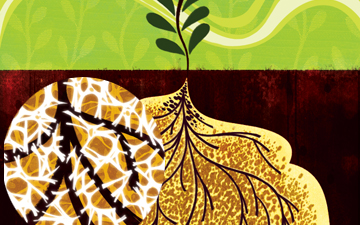Basidiomycota

Chicken of the Woods
Laetiporus


3 POINTS
Fact: Leatiporus is an edible mushroom found in North Vancouver. Many people say it tastes like chicken!

Roya
Hemileia vastatrix


5 POINTS
El Movimiento: 2
Juego: Este hongo causa enfermedades en plantas (fitopatógeno). Se juega junto a una planta y le quita un punto de valor en el juego.
Dato: Hemileia vastatrix causa la Roya del café. La peor epidemia de Roya en Colombia se dio en los años 80.

Bolete Species
Leccinum spp.


4 POINTS
Play: Only on trembling aspen or paper birch.
Fact: Boletes rely on the roots of specific trees species for food. There are aspen boletes and birch boletes in the boreal forest.

Mycorrhizal Fungi
Oidiodendron sp.


2 POINTS
Play: Oidiodendron must be played adjacent to a PLANT SPECIES
Fact: Oidiodendron forms a mutualistic relationship with the roots of most plant species

Fly Agaric
Amanita muscaria



5 POINTS
• Amanita muscaria is a PARASITE of Pinopsida, Coniferophyta, Magnoliopsida cards.
Amanita muscaria is poisonous. “A fatal dose has been calculated at approximately 15 caps.”